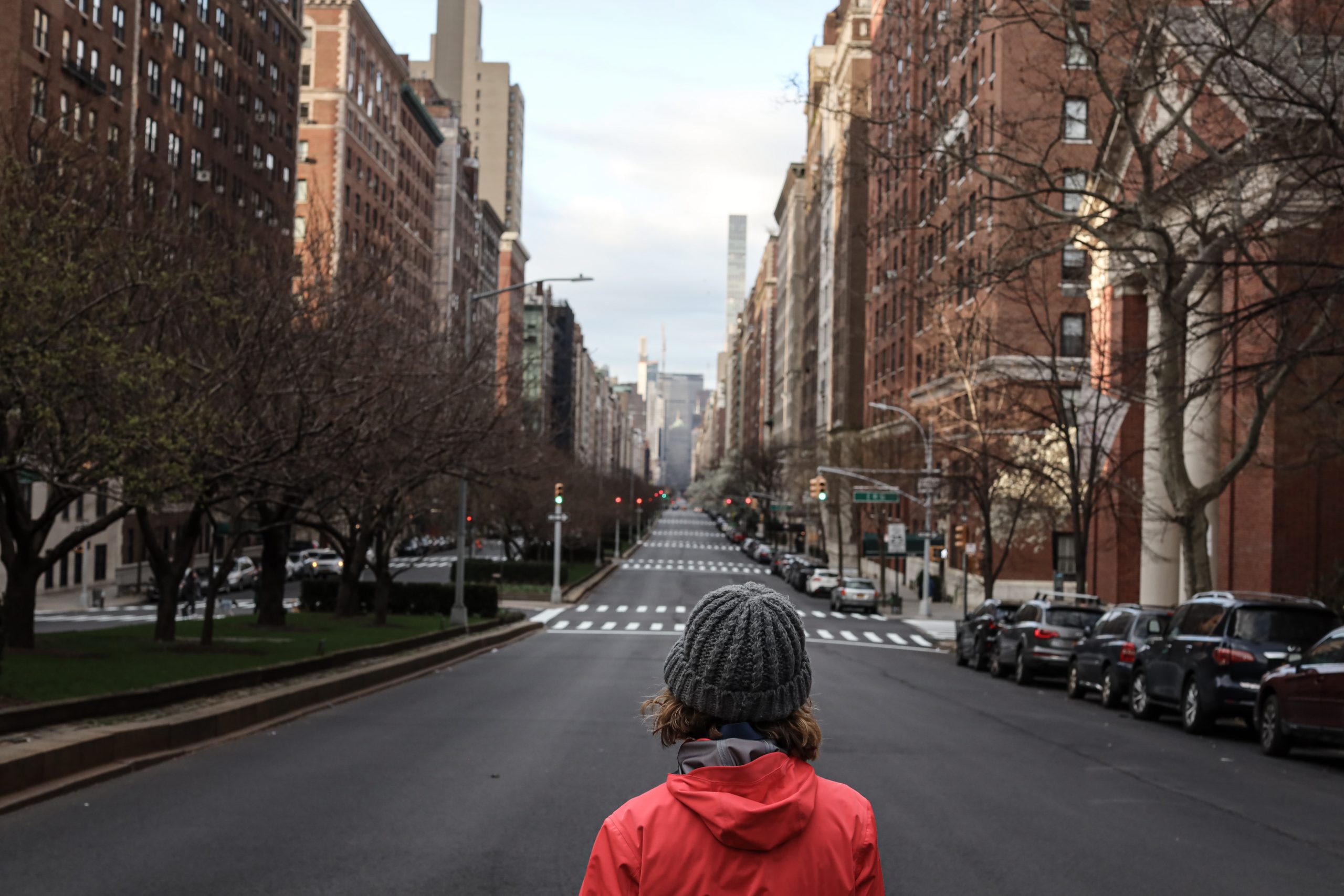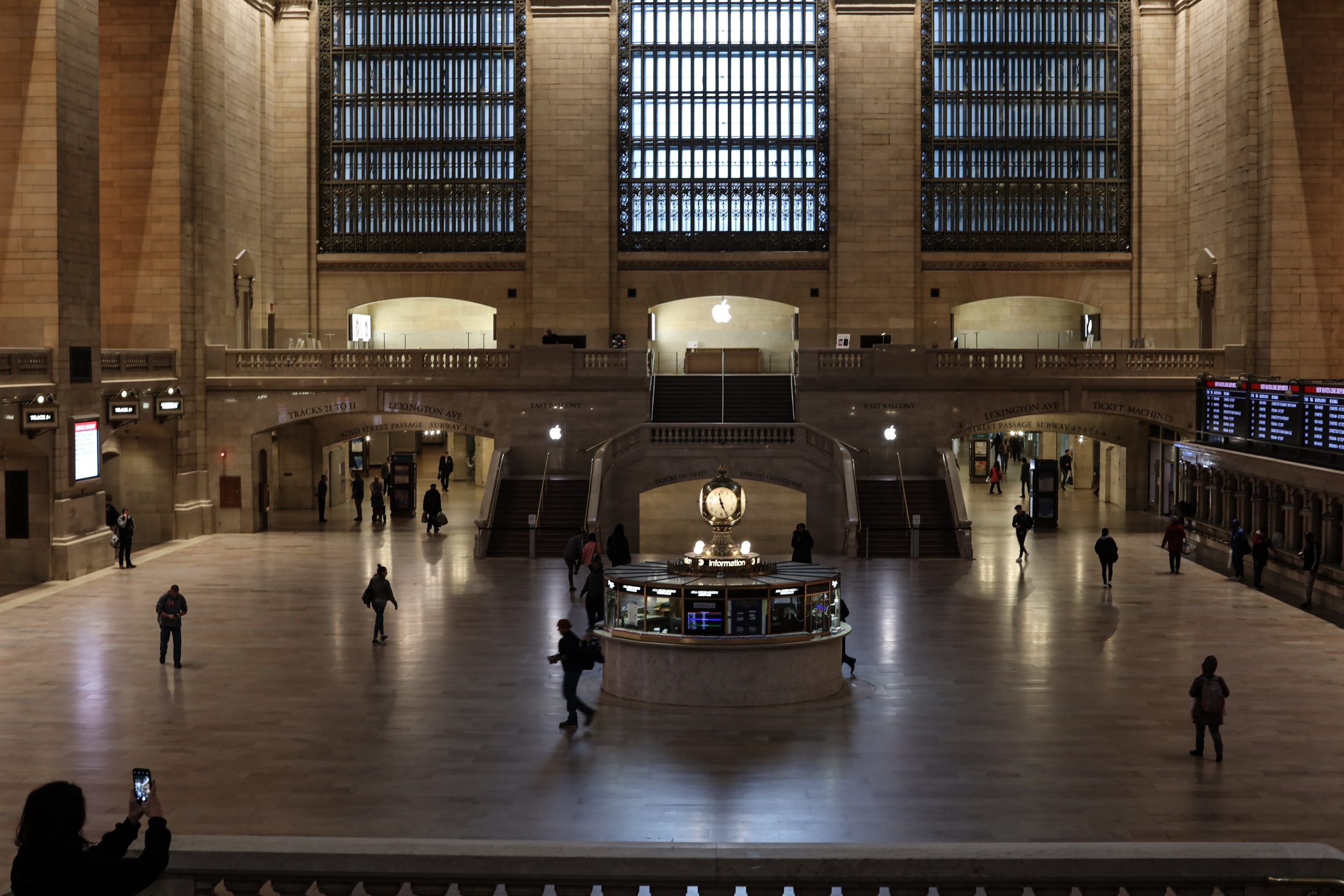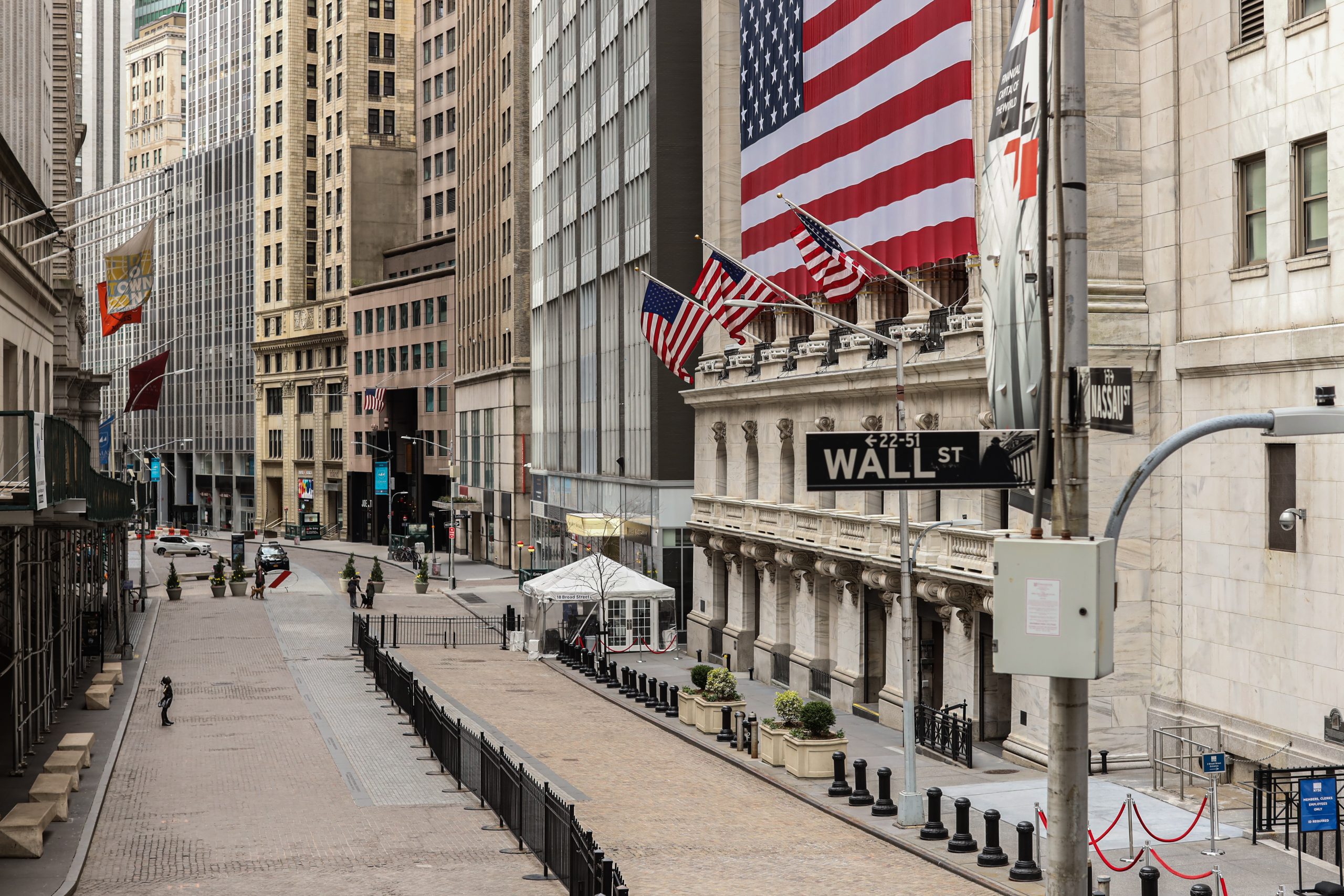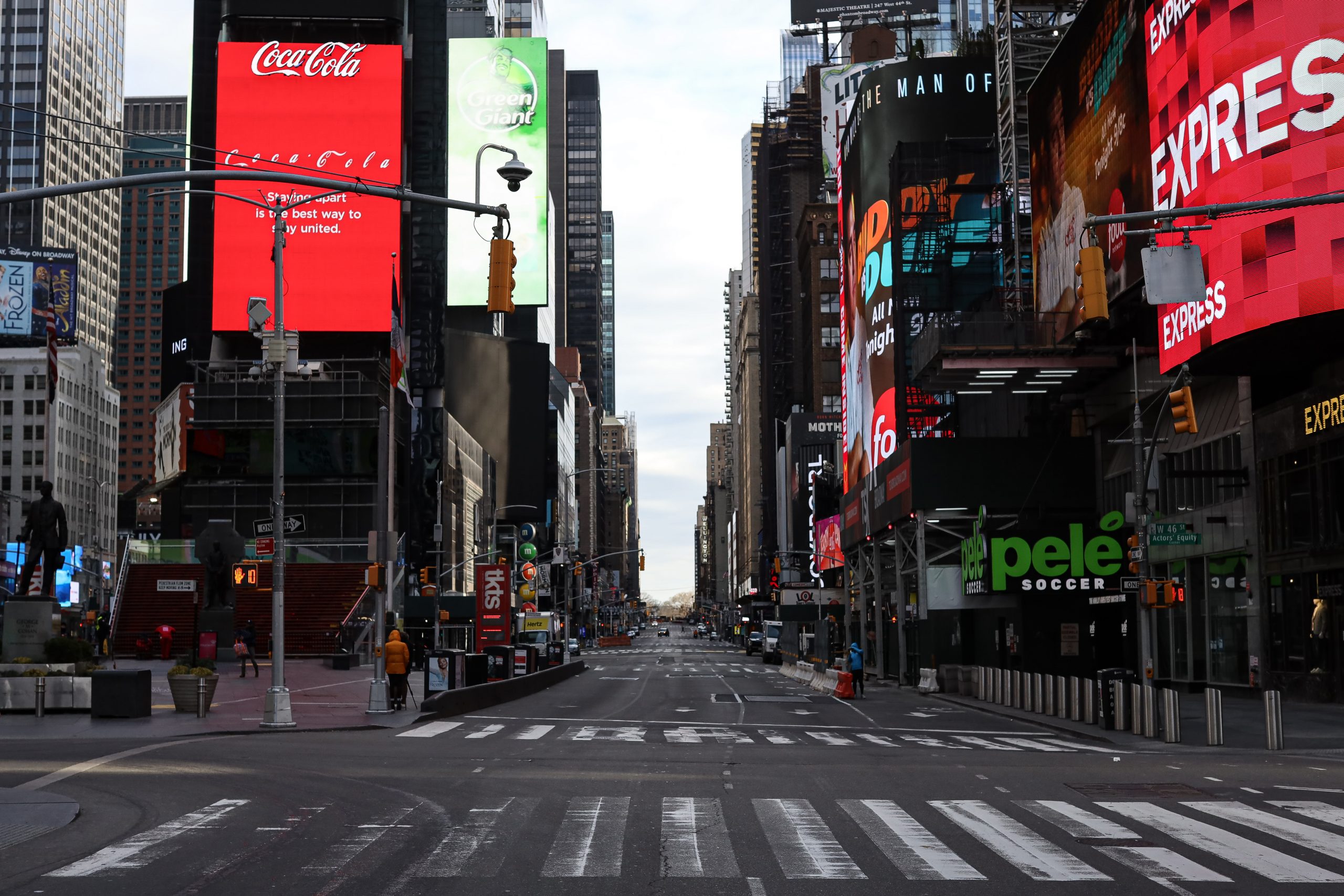RIO DE JANEIRO, BRAZIL – With the Covid-19 in full swing in Europe, the United States and especially New York have been reeling from this new pandemic. Both economic and health issues have been heavily hit by what is now described has a one-in-a-lifetime human experience.
Distinct methods have been used in various countries to combat the spread of the virus. Two categories of nations can be easily described: First you have a group of nations –China, South Korea, Singapore and Japan — that have had experience from previous recent pandemics such as SARS, and have therefore implemented strict rules to slow down the rising curve of sick individuals.
Second, there is a group of more lax nations, like European countries who are now under severe pandemic alert, which can be seen in death rates in Italy and Spain. Though these last two countries are now under almost total lockdown, these measures were taken too late.
The case of the US, and especially New York, is more troubling.
To be fair, the US is a large nation with a federal system which can take time to implement such drastic measures, while in contrast, a country like China can more easily force its population into drastic measures, as it is truly a strong police state. In time of intense crisis this can undoubtedly be an asset.

Now that New York has become one of the most important epidemic centers in the world, one can surely ask a few questions in order to understand why measures were not taken more rapidly, as the death toll and contaminated individuals are on a rapid rise.
In New York state, Covid-19 Cases are doubling every three days; 50 percent of all new US cases are coming from its metropolitan area.
As of Tuesday, March 24th, more than 30,000 people in the tri-state area (New York, New Jersey and Connecticut) had tested positive for Covid-19; at least 327 have died; New Jersey now has the nation’s second-highest number of cases, after to New York
The US government has sent supplies to New York, including a recent shipment of 400 ventilators – and then 4,000 more after Governor Andrew Cuomo asked what he was supposed to do with a few hundred.

First and foremost, the younger generation in the city has not taken this threat seriously at all, many still roam around the city and still gather together, thinking all will be fine. Many of them will get sick and some will die. Why do they behave like that?
A simple answer is that people under 45 years of age have never have had to endure any hardship — no wars, no famine, no nothing. They have forgotten that history is often tragic, and now that something major is happening which could define a change in our future, many still see this as a non-issue.
The New York state authorities are scrambling to let people know what to do, as hospitals and other local resources are stretched to the limit, even before the pandemic hits its high watermark.

The distinction between generations is indeed a very interesting way to understand the anthropological difference between the Millenials who are being reckless, not to mention condescending about this current crisis, and people in their 50’s and above who have a stronger sense that the human experience is often dotted in tragedy and pain.
The notion — history is tragic — is a hard but necessary reminder that only during desperate times do we consider whether we are invincible and who we are as a species. Some might argue against this hardline perspective, but it usually comes from people who never had to survive for anything. Take it from someone who has.


